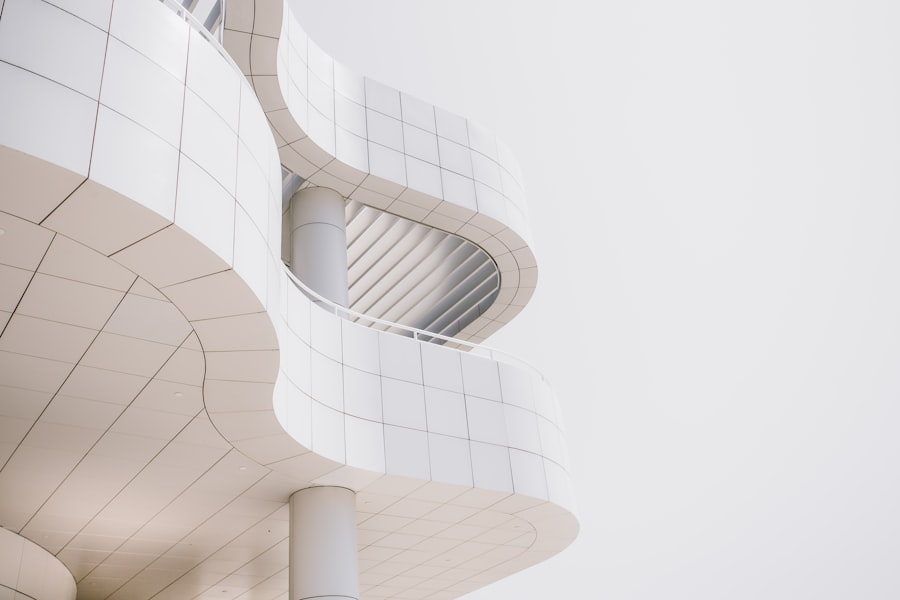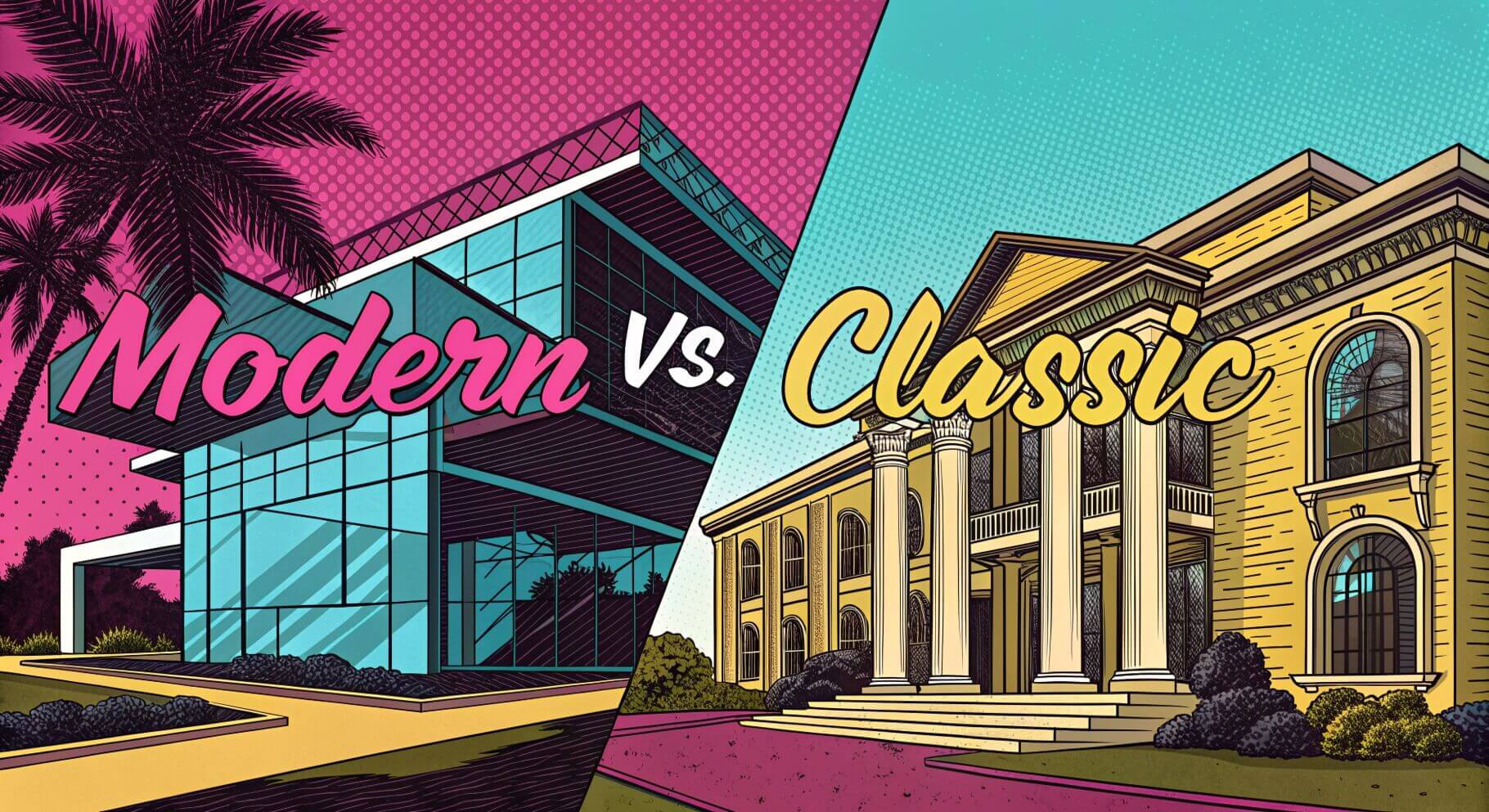The architectural style of a building serves as a visual narrative, reflecting the cultural, historical, and technological influences of its time. Various styles, such as Gothic, Baroque, Modernist, and Postmodernist, each tell a unique story through their forms, materials, and ornamentation. For instance, Gothic architecture is characterized by its pointed arches, ribbed vaults, and flying buttresses, which not only serve structural purposes but also create an ethereal quality that draws the eye upward.
The intricate stone carvings and stained glass windows found in cathedrals like Notre-Dame de Paris exemplify how architecture can evoke spiritual transcendence while also showcasing the craftsmanship of the era.
In contrast, Modernist architecture emerged in the early 20th century as a reaction against the ornate styles of the past.
It emphasizes simplicity, functionality, and the use of new materials such as steel and glass.
The Bauhaus movement, for example, championed the idea that form should follow function, leading to clean lines and open spaces that prioritize usability over decorative elements. Iconic structures like the Villa Savoye by Le Corbusier illustrate this philosophy, with its pilotis (supports), flat roof terrace, and open floor plan that harmonize with the surrounding landscape. Each architectural style not only serves aesthetic purposes but also reflects the societal values and technological advancements of its time.
Key Takeaways
- Architectural Style: The building features a modern, minimalist architectural style with clean lines and geometric shapes.
- Interior Design: The interior design is characterized by an open floor plan, high ceilings, and large windows that allow for plenty of natural light.
- Technology and Smart Features: The building is equipped with state-of-the-art smart home technology, including automated lighting, climate control, and security systems.
- Size and Layout: The building offers spacious and flexible living spaces, with a focus on functionality and comfort.
- Materials and Finishes: High-quality, sustainable materials and finishes are used throughout the building, creating a sleek and contemporary aesthetic.
- Outdoor Spaces: The building boasts expansive outdoor spaces, including a rooftop terrace and landscaped gardens, providing residents with opportunities for relaxation and socializing.
- Energy Efficiency: The building is designed with energy-efficient features, such as solar panels, energy-efficient appliances, and insulation, to minimize its environmental impact.
- Historical Significance: The building has historical significance as a former industrial warehouse that has been repurposed and transformed into a modern residential complex, preserving its unique character and heritage.
Interior Design
Interior design is a multifaceted discipline that encompasses the aesthetics and functionality of interior spaces. It involves a careful selection of colors, furnishings, textures, and layouts to create environments that are both visually appealing and conducive to the activities they house. For instance, Scandinavian design emphasizes minimalism and functionality, often utilizing natural materials like wood and textiles in neutral color palettes.
This approach fosters a sense of calm and simplicity, making spaces feel more inviting and less cluttered.
The use of light is also paramount in Scandinavian interiors; large windows allow natural light to flood in, enhancing the overall ambiance.
Conversely, the eclectic style embraces a mix of influences from various periods and cultures, resulting in vibrant and personalized spaces.
This approach allows for creativity and self-expression, as seen in homes that combine vintage furniture with contemporary art pieces. The layering of textures—such as combining plush rugs with sleek leather sofas—creates depth and interest within a room. Additionally, the strategic use of color can evoke different emotions; warm tones may create a cozy atmosphere while cooler shades can promote tranquility.
Interior design is not merely about aesthetics; it plays a crucial role in enhancing the quality of life for inhabitants by considering factors such as ergonomics, lighting, and spatial flow.
Technology and Smart Features

The integration of technology into architectural design has revolutionized how we interact with our living spaces. Smart home technology encompasses a range of devices and systems that enhance convenience, security, and energy efficiency. For example, smart thermostats can learn user preferences over time, adjusting heating and cooling systems to optimize comfort while minimizing energy consumption.
Similarly, smart lighting systems allow homeowners to control brightness and color temperature through mobile apps or voice commands, creating customizable atmospheres for different occasions. Moreover, advancements in home security technology have transformed how we protect our properties. Smart locks enable keyless entry through smartphones or biometric recognition, providing enhanced security while eliminating the need for physical keys.
Surveillance cameras equipped with artificial intelligence can distinguish between familiar faces and potential intruders, sending alerts to homeowners in real-time. These innovations not only improve safety but also offer peace of mind for residents. As technology continues to evolve, the potential for integrating smart features into architectural design will only expand, leading to more intuitive and responsive living environments.
Size and Layout
The size and layout of a building significantly influence its functionality and livability. Open floor plans have gained popularity in recent years due to their ability to create a sense of spaciousness and facilitate social interaction. By removing walls between key areas such as the kitchen, dining room, and living room, homeowners can foster a more communal atmosphere that encourages family gatherings and entertaining guests.
This layout also allows for greater flexibility in furniture arrangement and decor choices. On the other hand, traditional layouts often feature distinct rooms designated for specific purposes. While this can provide privacy and separation between different activities—such as cooking and relaxing—it may also lead to a more segmented living experience.
For instance, a formal dining room may be used only on special occasions, while an open-plan space allows for everyday use of all areas. Additionally, considerations such as traffic flow are crucial in layout design; ensuring that pathways between rooms are unobstructed can enhance accessibility and comfort within the home. Ultimately, the choice between open or traditional layouts depends on individual preferences and lifestyle needs.
Materials and Finishes
The selection of materials and finishes plays a pivotal role in defining the character of a building. Natural materials such as wood, stone, and brick evoke warmth and authenticity, while modern materials like concrete and glass convey a sense of sleekness and innovation. For example, reclaimed wood has become increasingly popular in contemporary design due to its sustainability and unique aesthetic qualities; each piece tells a story through its weathered texture and history.
In contrast, polished concrete floors offer a minimalist appeal that complements industrial-style interiors. Finishes also contribute significantly to the overall ambiance of a space. High-gloss finishes can create a sense of luxury and sophistication, while matte finishes tend to evoke a more subdued and relaxed atmosphere.
The choice of paint colors can dramatically alter perceptions; lighter shades can make small spaces feel larger and more open, while darker hues can add depth and intimacy to larger rooms. Additionally, incorporating various textures—such as combining smooth surfaces with rough-hewn elements—can create visual interest and tactile variety within an interior space.
Outdoor Spaces
Outdoor spaces are an extension of architectural design that enhances the overall living experience by providing areas for relaxation, recreation, and socialization. Patios, decks, gardens, and balconies serve as vital components that connect inhabitants with nature while offering opportunities for outdoor activities. For instance, a well-designed patio can serve as an outdoor living room complete with comfortable seating arrangements, fire pits, or outdoor kitchens that facilitate entertaining guests during warm months.
Landscaping also plays a crucial role in enhancing outdoor spaces. Thoughtfully chosen plants can provide privacy through natural screening while adding color and texture to the environment. Incorporating elements such as water features or pathways can create serene retreats within urban settings.
Moreover, outdoor spaces can be designed to accommodate various activities; for example, incorporating a vegetable garden not only promotes sustainability but also encourages healthy eating habits among residents. The seamless integration of indoor and outdoor spaces fosters a holistic living experience that enhances well-being.
Energy Efficiency
Energy efficiency has become an essential consideration in modern architectural design due to growing environmental concerns and rising energy costs. Buildings designed with energy efficiency in mind utilize strategies that minimize energy consumption while maximizing comfort for occupants. One common approach is passive solar design, which involves orienting windows to capture sunlight during winter months while minimizing heat gain during summer months through shading devices or overhangs.
Additionally, energy-efficient appliances play a significant role in reducing overall energy usage within homes. For example, Energy Star-rated appliances consume less electricity than standard models without sacrificing performance. Incorporating high-quality insulation materials helps maintain consistent indoor temperatures by reducing heat loss during colder months or heat gain during warmer months.
Furthermore, renewable energy sources such as solar panels are increasingly being integrated into residential designs; these systems harness sunlight to generate electricity or heat water for domestic use. By prioritizing energy efficiency in architectural design, homeowners can reduce their carbon footprint while enjoying long-term cost savings.
Historical Significance
The historical significance of architecture cannot be overstated; buildings serve as tangible links to our pasts while reflecting societal values at different points in time. Structures like the Parthenon in Athens stand as testaments to ancient Greek civilization’s achievements in art and democracy; its Doric columns symbolize strength and order while embodying ideals that continue to resonate today. Similarly, the Gothic cathedrals of medieval Europe represent not only religious devotion but also advancements in engineering techniques that allowed for soaring heights and intricate designs.
Preserving historical architecture is crucial for maintaining cultural heritage; these buildings provide insight into past lifestyles, technologies, and artistic expressions. Restoration efforts often involve meticulous research to ensure authenticity while adapting structures for modern use without compromising their historical integrity. For instance, many historic homes have been repurposed into museums or community centers that educate visitors about local history while preserving architectural legacies for future generations to appreciate.
The interplay between history and architecture enriches our understanding of human civilization’s evolution while reminding us of our shared cultural narratives across time.
If you’re looking to spruce up your classic mansion with some DIY home aesthetic decor ideas, be sure to check out this helpful article here. It offers creative and budget-friendly ways to enhance the beauty of your home. Whether you prefer a modern or classic style, these ideas can help you personalize your space and make it truly your own.
FAQs
What are the main differences between modern and classic mansions?
The main differences between modern and classic mansions lie in their architectural styles, interior design, and use of materials. Modern mansions typically feature clean lines, open floor plans, and use of glass and steel, while classic mansions often have ornate details, traditional floor plans, and use of wood and stone.
What are some common features of modern mansions?
Common features of modern mansions include minimalist design, large windows, open floor plans, integration of indoor and outdoor spaces, and use of sustainable materials and technology.
What are some common features of classic mansions?
Common features of classic mansions include grand entrances, formal living and dining rooms, intricate moldings and woodwork, ornate staircases, and expansive grounds with manicured gardens.
How do modern and classic mansions differ in terms of interior design?
Modern mansions often feature sleek and minimalist interior design with an emphasis on open spaces and natural light, while classic mansions tend to have more ornate and traditional interior design with a focus on detailed craftsmanship and luxurious finishes.
What are some examples of famous modern and classic mansions?
Famous modern mansions include the “The Razor House” in La Jolla, California, and the “Opus” in Beverly Hills, California. Famous classic mansions include the Biltmore Estate in Asheville, North Carolina, and the Hearst Castle in San Simeon, California.

